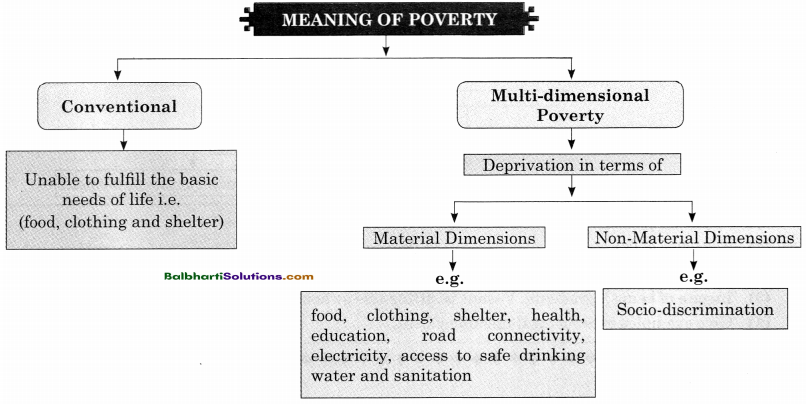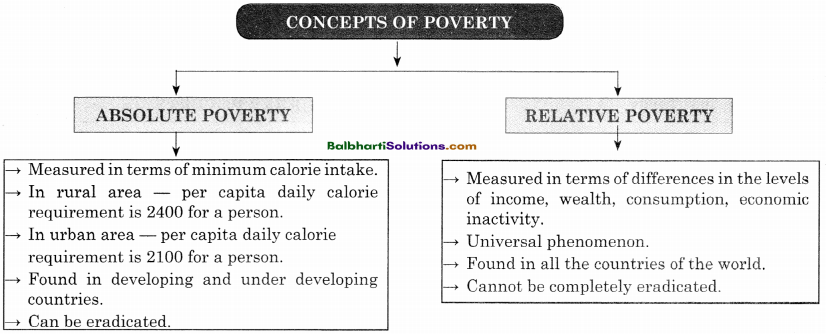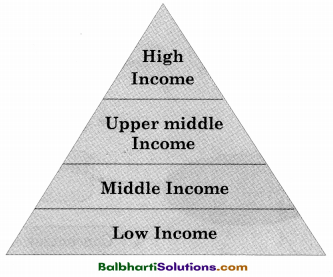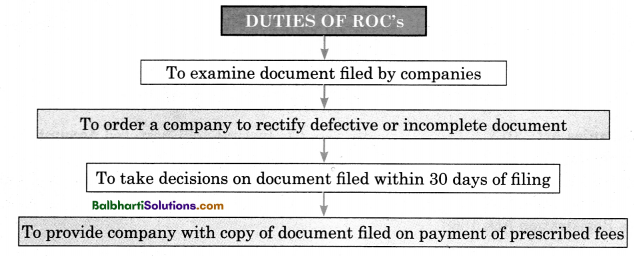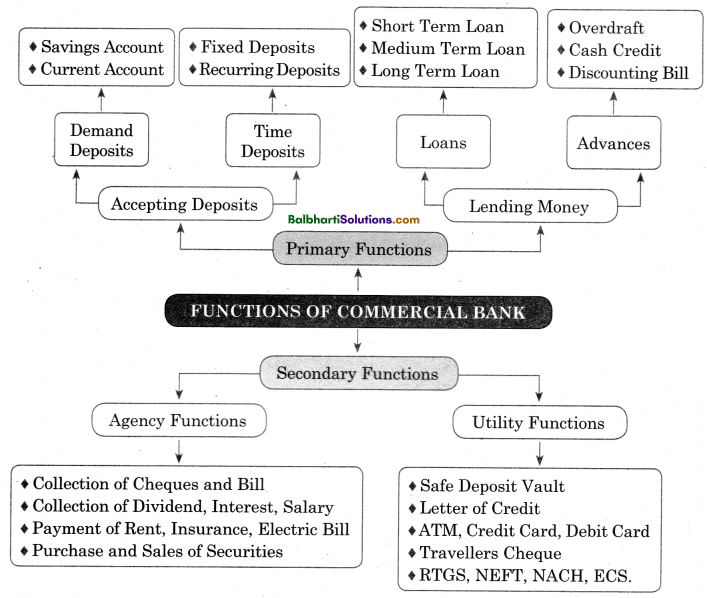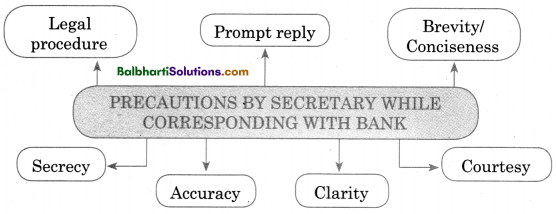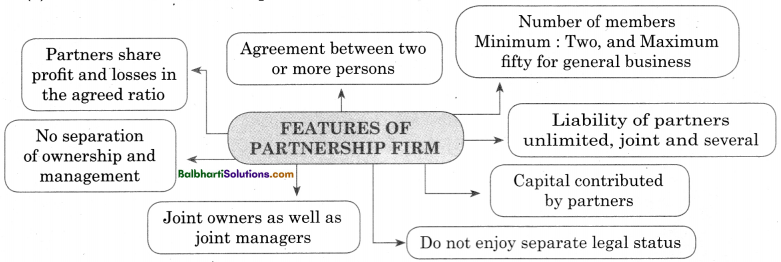By going through these Maharashtra State Board Class 11 History Notes Chapter 14 Delhi Sultanate, Vijayanagar and Bahamani Kingdom students can recall all the concepts quickly.
Maharashtra State Board Class 11 History Notes Chapter 14 Delhi Sultanate, Vijayanagar and Bahamani Kingdom
Political conditions in India:
After the decline of Harshavardhan’s empire many big and small kingdoms came into being in North India. There was constant struggle for power among these kingdoms. There was no power, who could have control over the rulers of these kingdoms. The Turkish invaders took advantage of this political instability of India in the 13th century.
During this period many petty rulers existed such as Chauhans of Rajasthan, Pratiharas, and Gadhwals (Rathod) of Kanauj, Chandellas of Bundelkhand, Parmars of Malwa, Kalachuris of Gorakhpur, Kalachuris of Tripuri (Madhya Pradesh), Chalukyas (Solanki) of Gujarat, Palas of Bengal etc. They did resist the invasions of the Turks individually but they did not unite for it.
Arab and Turkish invasions:
Muhammad bin Qasim of the Ummayad dynasty attacked Sindh in the year 712 C.E. He conquered. the entire region from Sindh to Multan. After Muhammad bin Qasim, the Arabs rule in India grew unstable. In India, Islamic rule was established by the Turks.
They attacked India several times. None of the rulers in India could successfully resist them. The Turks looted enormous wealth from India. Many kingdoms were destroyed and Islamic rule was established.
![]()
Alauddin Khalji and Yadavas of Devgiri:
After Qutubuddin Aibak, Iltutmish came on the throne of Delhi. After his death, his daughter Razia became the Sultan of Delhi. After Razia, Balban was an important Sultan who ruled Delhi. After the end of the slave dynasty, the Khalji dynasty came to power.
Alauddin Khalji attacked Yadavas of Devgiri and collected enormous wealth. Devgiri was a prosperous city in the South. King Ramadevarai Yadava was ruling over Devgiri. Alauddin attacked Devgiri in 1296 C.E.
In face of the sudden attack Ramadevarai took shelter in the fort of Devgiri (Daulatabad). Alauddin seized the fort. He plundered the city. There was an acute shortage of food in the fort. Finally, Ramadevarai had to sign a treaty with him. Alauddin conquered nearby provinces of Devgiri as well, and collected a large booty as part of the treaty.
Trade and Commerce:
Agriculture was the main occupation of majority of people during the Sultanate period. Agricultural production and its revenue were the main sources of revenue. Along with it, textile industry also flourished on large scale. Delhi, Agra, Lahore, Multan, Banaras, Patna, Khambayat, Burhanpur, Devgiri were the main centres of textile industry during this period. The cotton cloth was exported on a large scale from Bengal to Gujarat. The textile exports included muslin, linen cloth, satin and jari cloth.
Urbanisation:
The rise and fall of the cities depend on its political and cultural graph of events. The process of urbanisation is associated mainly with political and economic development. The rulers play an important role in the settling and development of a city. According to the Arab historian, Ibn Khaldun, trade gains momentum as a result of conducive policies of the ruler. Some cities gain importance as administrative centres while others gain importance as industrial centres.
![]()
Art, architecture, literature, social life:
The Sufi saints have greatly contributed to the development of Indian music. The followers of Khwaja Moinuddin Chisti used to present ‘Qawwali’ every evening in the court of Delhi. It. became a popular form of vocal music. Hussain Shah Sharukhi developed the Khayal style of vocal music The Islamic rulers built huge mosques, dargahs, and tombs.
It presents a beautiful blend of Iranian and Indian architecture. Qutubuddin Aibak was the first ruler to have started building monuments in this style, which is known as Indo-Islamic architecture. He built the ‘Quwwat-i-Islam’ mosque at Delhi.
Later, many buildings were built in the precincts of Kutub Minar. Among them are the ‘Alai Darwaza’ and Jamalkhan mosque built by Alauddin Khalji. Firoz Shah Tughlaq built Fatehabad and Hisaf-i-Firuz. He built many forts, bridges, dharamshalas and canals. The buildings built by the Sultans of Tughlaq dynasty were huge but simple.
Vijaynagar Empire:
At the end of 13th century, Alauddin Khalji’s invasions, the coffers of local rulers in South India were emptied to a great extent. This was the time when Harihara and Bukka established new kingdom of‘Vijaynagar’ in 1336 C.E.
During the rule of king Krishnadevaraya, the kingdom expanded into an empire spreading from South Konkan in the west to Vishakhapatnam in the East and Krishna river in the north to Kanyakumari in the south. Krishnadevaraya wrote a text entitled, ‘Amuktamalyada’ which is about the State and Policy.
![]()
Bahamani Kingdom:
In 1347 C.E. some of the Sardars in south revolted against Sultan Muhammad Tughluq under the leadership of Hasan Gangu. They captured the fort of Daulatabad. Hasan Gangu took up the title, ‘Alauddin Bahamatshah’ and established the Bahamani kingdom.
During the period of Bahamani rule, the Prime Minister (Vazir) Mahmud Gawan strengthened the kingdom. He paid the soldiers with fixed salary instead of Jahagirs (land grants). Gawan was interested in mathematics and medicine.
After the death of Mahmud Gawan, the Bahamani court was divided into different factions. This led to the disintegration of the Bahamani kingdom into five small ruling houses – Imadshahi of Varhad, Baridshahi of Bidar, Adilshahi of Bijapur, Nizamshahi of Ahmednagar and Qutubshahi of Golconda.








